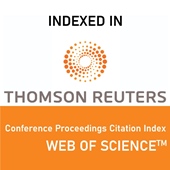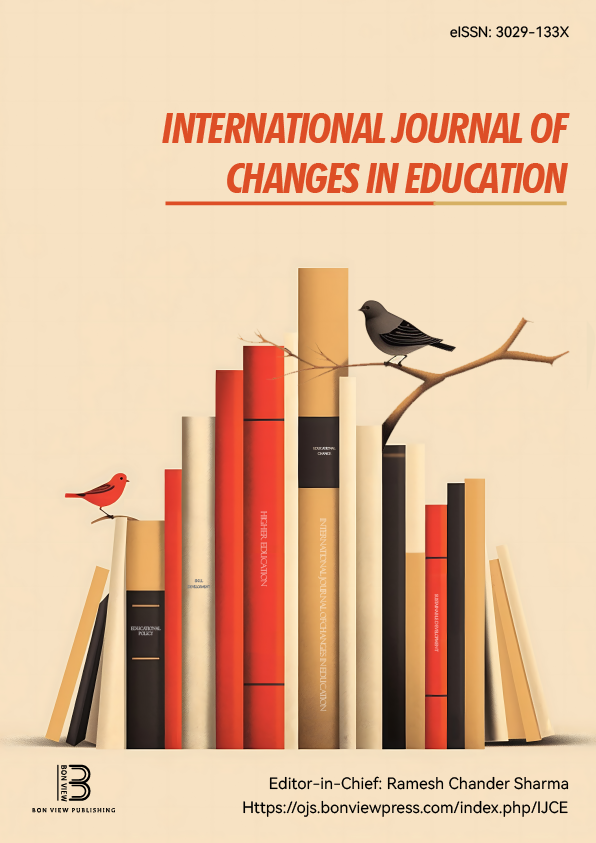Information Structure across Languages: Rheme Identification among Czech and Slovak English Learners and Native English Speakers
Emma Jackovičová, Masaryk University (Czech Republic)
Abstract
This study examines how native and non-native English speakers identify rhematic elements in sentences, using the framework of Functional Sentence Perspective (Firbas, 1992). FSP divides utterances into theme, transition, and rheme, each exhibiting distinct degrees of Communicative Dynamism. While Czech and Slovak—two closely related languages—typically place the rheme sentence-finally, English relies on canonical SVO order with greater flexibility in information structuring (Dušková, 2019). Three surveys were conducted for this study. Surveys A and B each included both English and Czech sections, while Survey C was entirely in English. This design allowed for comparison of how participants’ comprehension of sentences differed across languages and native-language backgrounds, based on their selections of the most informative units – rhemes. Participants included 108 first-year Czech and Slovak university students of English Language and 151 native English speakers. All read excerpts from Harry Potter and the Goblet of Fire (Rowling, 2002) and identified the most informative sentence units. Responses were coded as “convergent” if they aligned with the FSP-predicted rhematic unit and “divergent” if they did not. Results show that sentence-final rhemes were consistently recognized across all groups, whereas non-final rhemes posed greater interpretive challenges across all groups. Approximately 67% of non-final rhematic units elicited “divergent” responses, highlighting the difficulty of perceiving rheme outside canonical positions. Interestingly, differences between Czech, Slovak, and English participants were minimal, indicating that participants’ native language had little effect on their identification of rhematic elements. These findings provide insights into how English Language students perceive discourse structure in a second language. Understanding how learners identify rhemes can inform pedagogical strategies to enhance text comprehension in a second language and contribute to contrastive linguistics, second-language pedagogy, and translation studies, demonstrating the relevance of FSP for language learning.
|
Keywords |
Czech and Slovak learners of English, Cross-linguistic comparison, Functional Sentence Perspective, Rheme, Information structure |
|
REFERENCES |
[1] Firbas, J. (1992). Functional sentence perspective in written and spoken communication. Cambridge: Cambridge University Press. [2] Dušková, L. (2019). Information structure in parallel texts: A Czech-English view. Brno Studies in English, 45(2), 9–34. https://doi.org/10.5817/BSE2019-2-1 [3] Rowling, J. K. (2002). Harry Potter and the Goblet of Fire. New York: Scholastic. |
 Innovation in Language Learning
Innovation in Language Learning





























